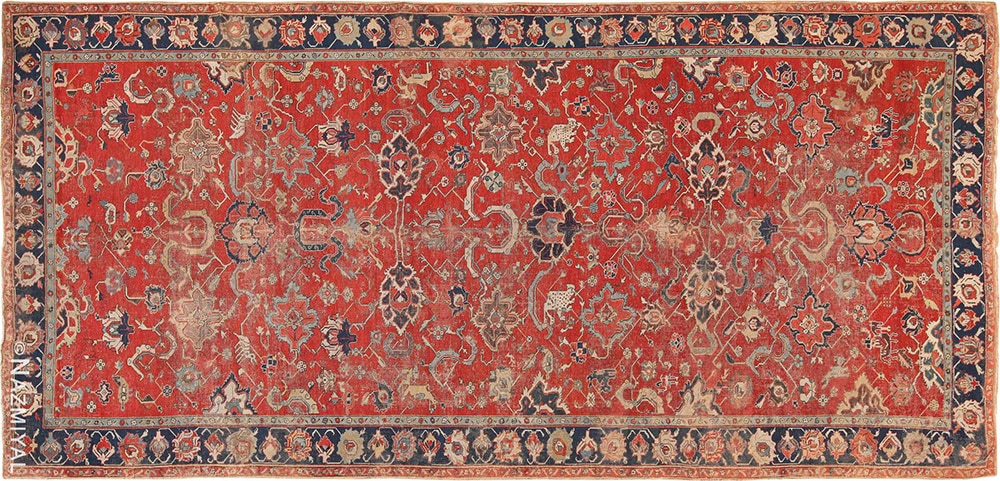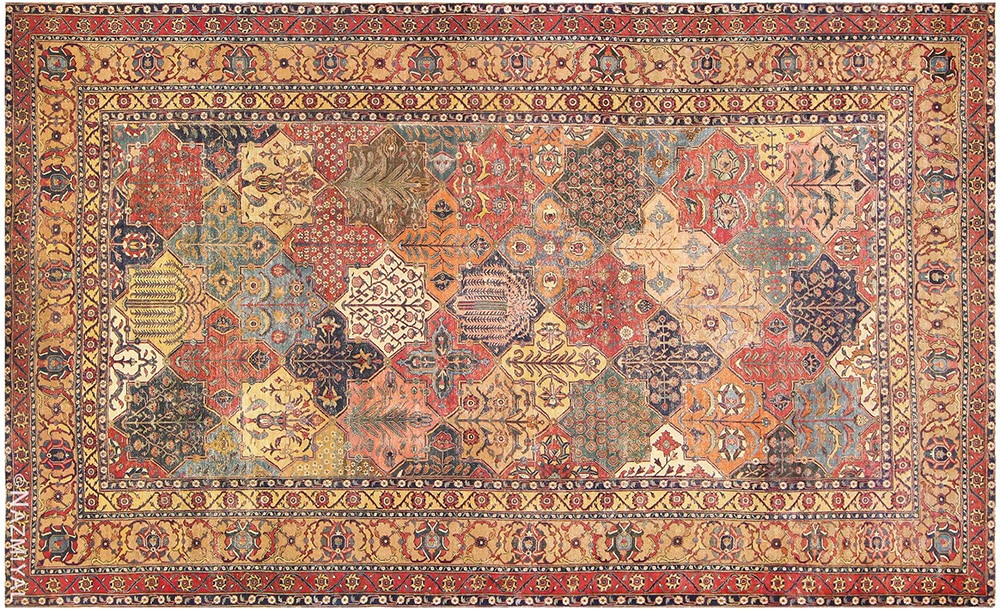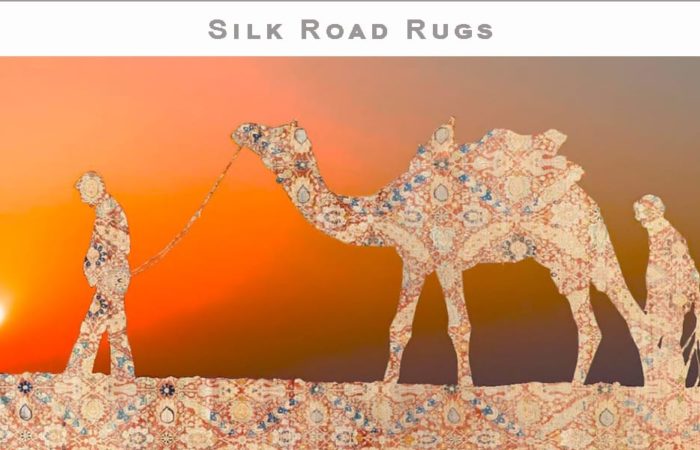The Mysterious Origins of the Nigde Carpet At The Metropolitan Museum of Art
Some works of art have an ethereal quality that seem to transcend the human experience. The “Nigde carpet”, housed at the New York Metropolitan Museum of Art, is one of those pieces. This magnificent antique rug was gifted from the private rug collection of Joseph V. McMullan in 1956. Since then, it has sparked quite a bit of controversy among art enthusiasts, rug collectors and art historians.
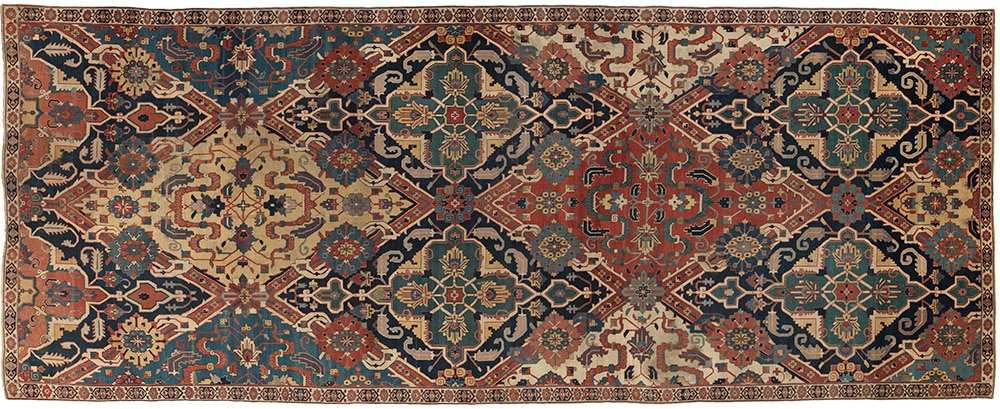
Nigde Carpet At The Metropolitan Museum of Art
History and Controversy Surrounding the Nigde Carpet
The carpet itself was supposedly discovered in a Mosque in Nigde, Turkey, in 1908. According to the standard conventions, rug names were often given based one their place of origin or discovery local. This led to the original classification of this carpet as one of Anatolian origins. The Nigde carpet was purchased by William T Dewart, of New York, between 1941-1947. It was then sold to the famous carpet collector, Joseph V McMullan of New York, and later on gifted to the Metropolitan Museum of Art between 1947 and 1956.

Weave Of The Nigde Carpet
While there is certainly evidence to support the Ottoman origins of the carpet, it also contains certain design elements that are typically associated with Trans-Caucasian carpets or those produced in Northwest Iran. These elements later led to its reclassification as a Caucasian carpet.
So, which is it? It seems that there is much more below the surface that can give us a glimpse into life during the 18th century and into a world that time has all but forgotten.
The Nigde Carpet’s Question of Origin
The overall ogival forms of the carpet are a characteristic that became an iconic carpet layout during the early days of the Ottoman Empire. It is found in carpets, fabrics, and in the tile-work in mosques. This rug design pattern is characterized by a lattice that separates forms ranging from cartouche to the more angular diamond shapes found in the Nigde carpet. The Ottoman courts considered this to be an exclusive design.
The overall pattern is characteristic of Ottoman artwork, but the geometric shapes within each segment are more like the tribal carpets created by the tribes that inhabited the Caucasian mountains. To further complicate the question of origins, you will find distinctively Persian flower motifs scattered throughout the design. The lotus flowers, sickle leaves, cloud bands, and herati designs found in the centers of the individual sections all point to Persian origins and an Asian influence.
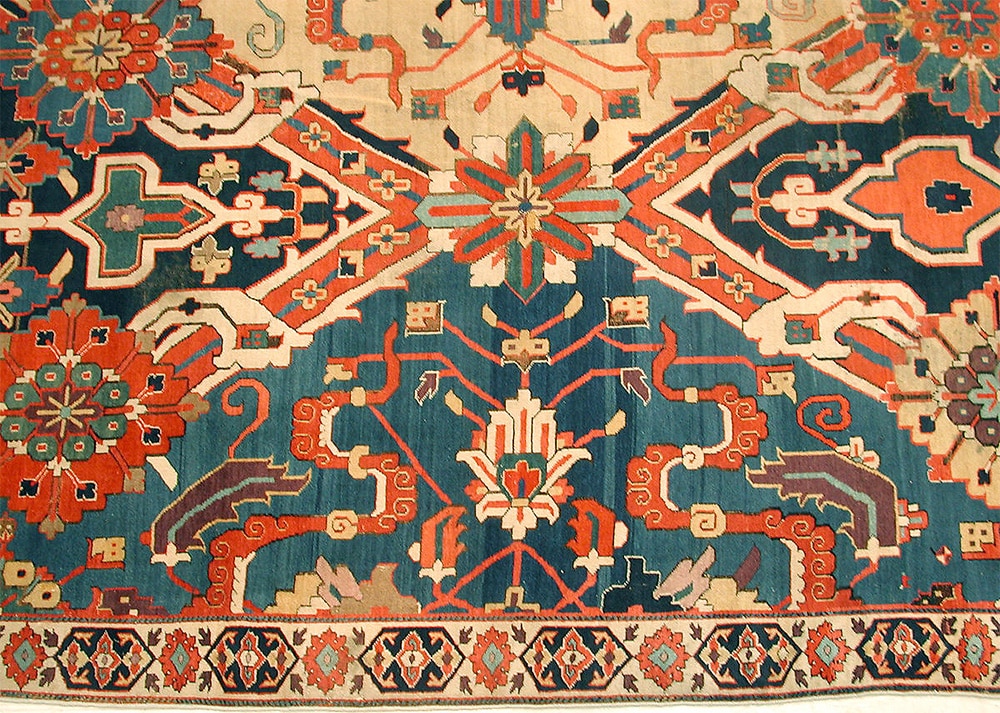
Side Of The Nigde Carpet
To add another layer of complexity to the mystery of the rug, the weaving technique used to make the carpet uses a weaving technique that is characteristic of carpets from the area surrounding Kerman, Iran. The technique is commonly referred to as the “vase technique.” It involves placing three rows of weft between each row of knots. The first and third are pulled tightly, but the center row is allowed to remain loose. This creates a unique texture, reflective properties, and produces a carpet that is extremely durable.
The pattern and technique used in this carpet mimic the silk carpets created in Kerman, only this one uses a cotton warp and weft with a wool pile. The carpet uses the Turkish Ghiordes, or symmetrical, rug knot. This knot also points to Anatolian origins, as opposed to Persian since Persian carpets typically use the Senneh rug knot / asymmetrical, knot.
This mixture of elements that seem to have arisen throughout the area is what creates the mystery surrounding the Nigde carpet. Nigde was a carpet producing center of the Ottoman Empire and its carpets were characteristically Anatolian in their weaving technique and patterns. While the Nigde carpet shows the knotting technique and overall layout that is characteristic of Anatolian carpets, all other elements seem to point to Caucasian or Persian origins.
A Glimpse Into The Nigde Carpet’s History
The Nigde carpet is believed to have been created in the 18th century. It is an exceptionally large format carpet, spanning nearly 24 feet long and 10 feet wide. This long and narrow gallery size alone makes it an exceptional piece. Carpets of this size and complexity were typically created for the royal palaces, courts or public spaces. A carpet of this size could have easily taken a team of skilled rug weavers between one or two years to create. The quality of work and design also points to its origins as a commissioned piece, rather than a tribal or small village carpet.
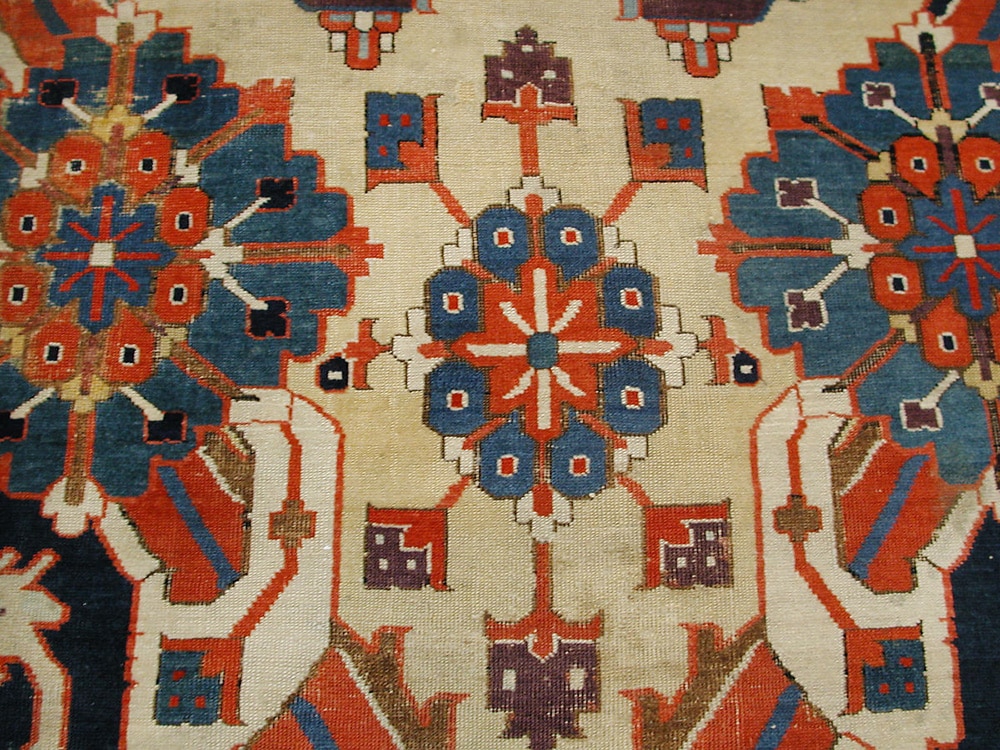
Detail Image Of The Nigde Carpet
What makes this carpet so mysterious is that during the time of its creation, the Ottoman Empire and Safavid Empire were considered rivals in the carpet industry. Each sought to establish its own unique identity in design, colors, and techniques. In small size village carpets, you will often see the blending of designs from throughout the area. However, the Ottoman and Safavid courts sought to avoid any mixing of styles. The artistic rivalry was intense and this mixing of elements would not have been allowed by the court artists of either empire or so they claimed.
The mixing of elements in village carpets was largely due to the silk road, which helped to spread knowledge and artistic designs through informal cultural exchange and exposure. However, you seldom see these types of cultural exchanges or mixing of elements in those that were obviously produced as court carpets. This is what makes the Nigde carpet so unique, as both a historical piece and from a collector’s standpoint.
The Nigde Carpet gives the world a glimpse into history that goes beyond the historical facts. It paints a picture of a world that is quite different from the one that you might get from reading fragmented historical accounts alone. It points to a blending of cultures, or does it suggest the potential “borrowing” of designs and techniques to gain an advantage?
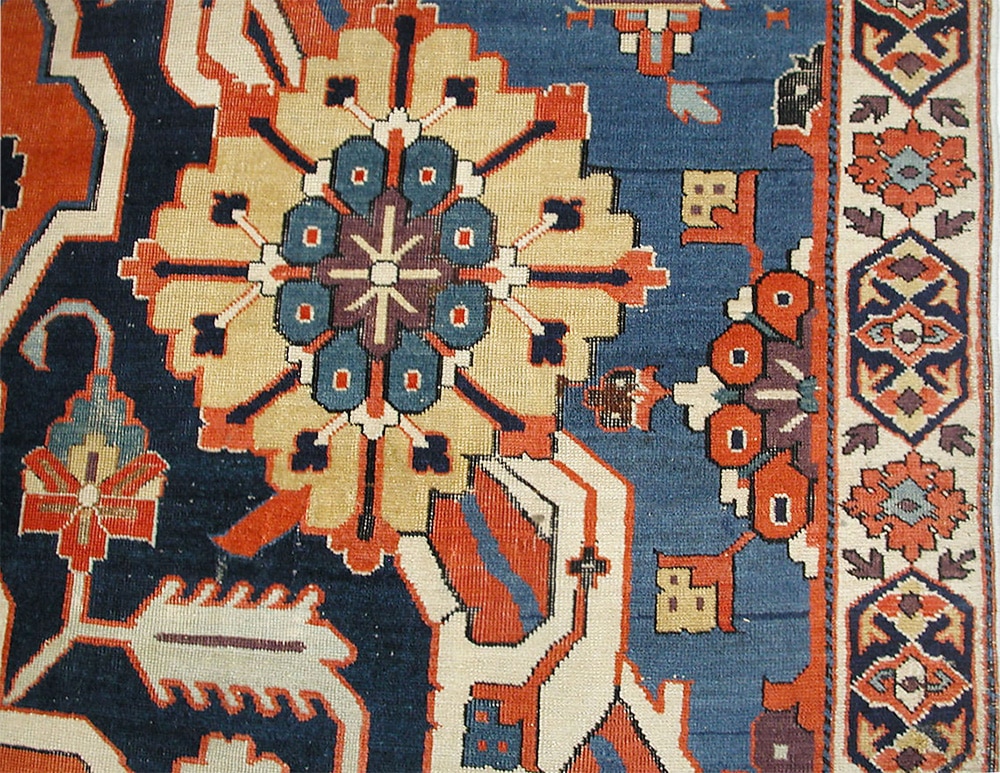
Border Of The Nigde Carpet
The techniques used in the Nigde carpet span a territory that extends over 1,200 miles. It shows a diversity of techniques and patterns that suggest a considerable level of cultural exchange, certainly not the isolated cultures that historical records would paint.
The techniques and patterns used to create this carpet show a well-developed design repertoire and an artist who was exposed to many different carpet weaving concepts and ideals. It seems that the master rug weaver / designer was able to take the best-of-the-best to create a masterpiece of sublime beauty.
From journals of travelers through the area, we have accounts of cities along the silk road routes that were a mixture of cultures and languages. These famous routes played an important role in the development of art and culture that extended from China to Europe and that touched all points in between. The Nigde carpet is important because it supports the level of cultural exchange that is documented in the journals of these travelers.
The Nigde Carpet – A World Treasure
The Persian vase technique carpets of Kerman are a rare find. Only the most skilled artisans of Persia could produce carpets using this technique. This is why they were reserved for only the wealthiest clientele and royalty. The mix of designs and colors found throughout this carpet is extraordinary, and they show many different cultural influences.

Corner Of The Nigde Carpet
The Nigde carpet is more than likely of Persian or Trans-Caucasian origin and was imported to Nigde. Perhaps the inclusion of Ottoman design was intentional and dictated by the one who commissioned it. Perhaps, it was the invention of the artist with exposure to Ottoman carpets. We will never know how this remarkable piece came to be, but we do know that there is no other like it in the world.
The Nigde carpet is a unique and significant piece in the world of carpet collecting. We may never completely solve the mysteries that reveal themselves upon closer examination of the carpet, but we do know that this unique piece is a world treasure. Visiting this piece when it is on display at the Met is an unforgettable experience that sparks the imagination and transports you to a world that time as all but forgotten.
If you are interested in highly rare and collectible carpets like the Nigde Carpet, then you should take a look at:
This rug blog about the Nigde Carpet was published by Nazmiyal Antique Rug Gallery in New York City



